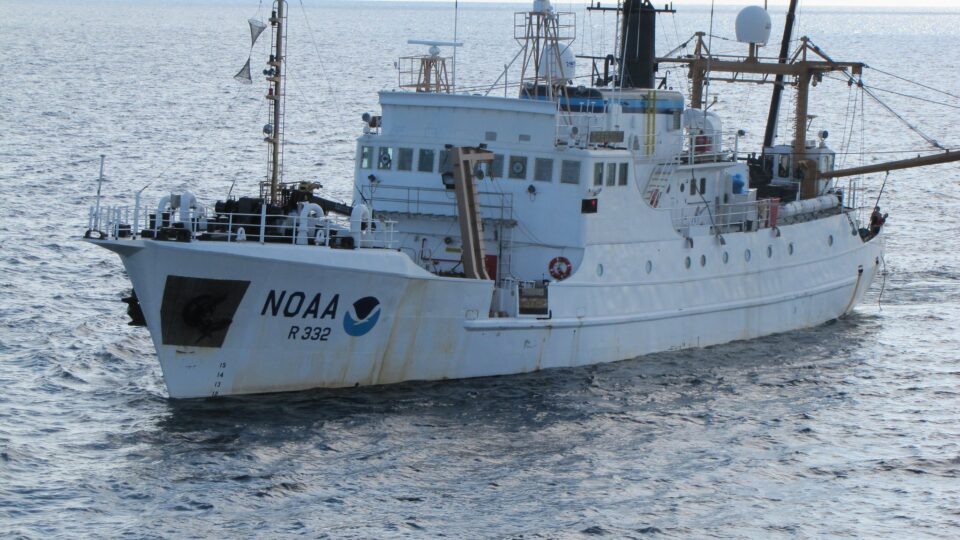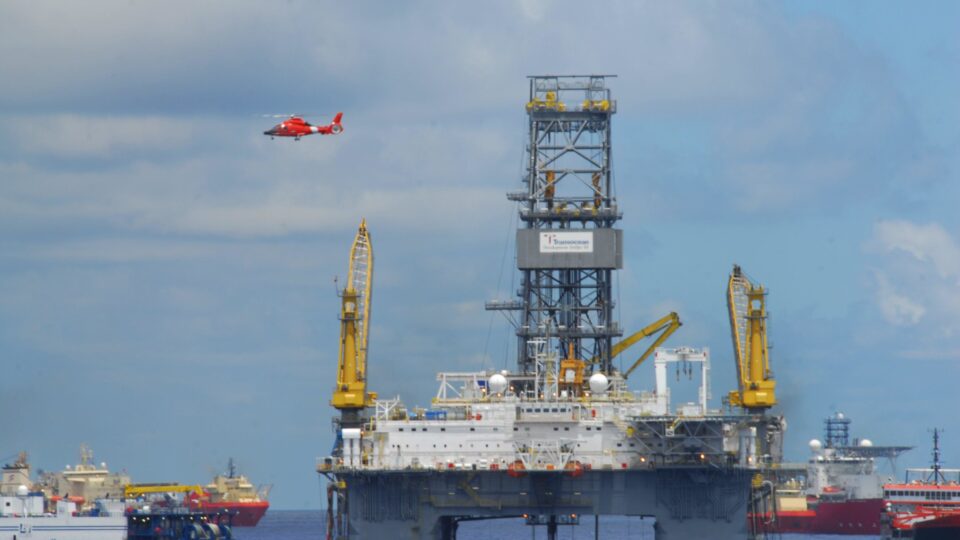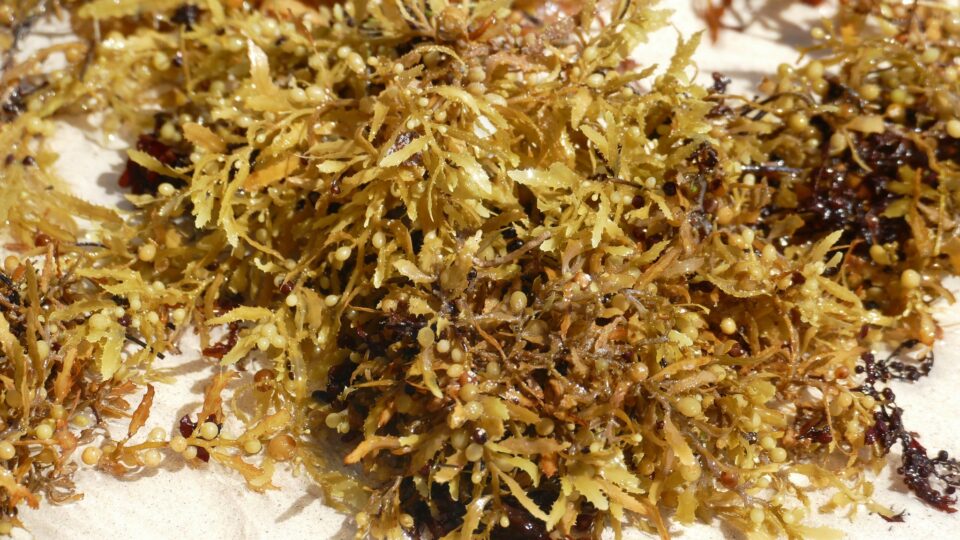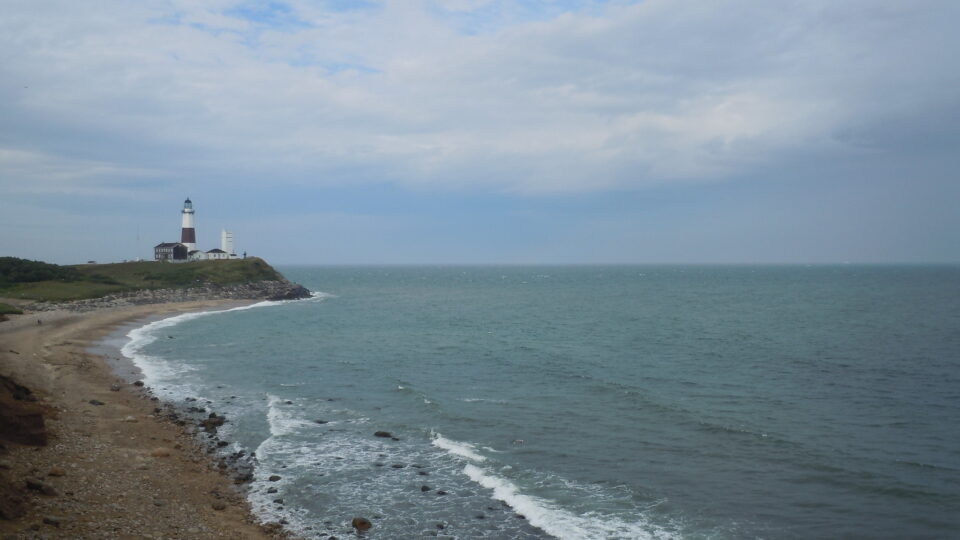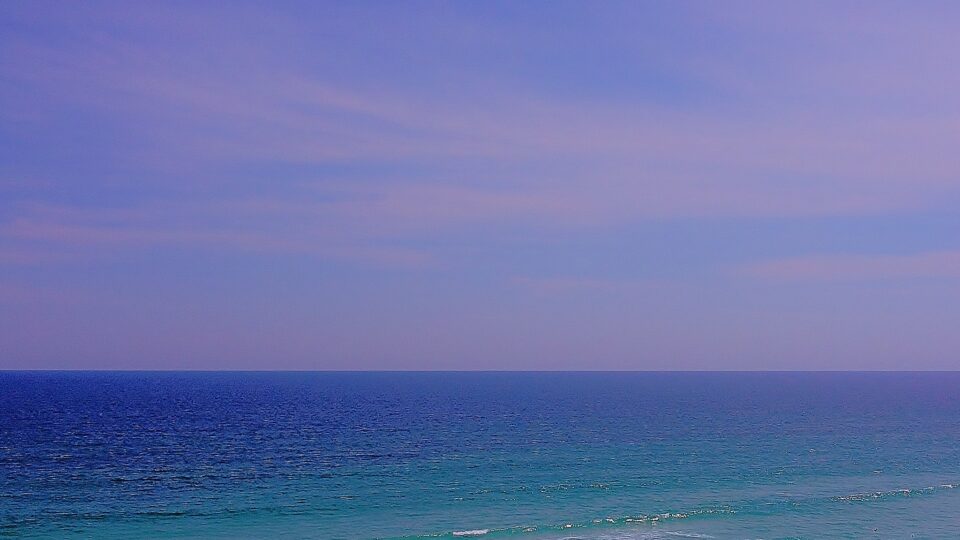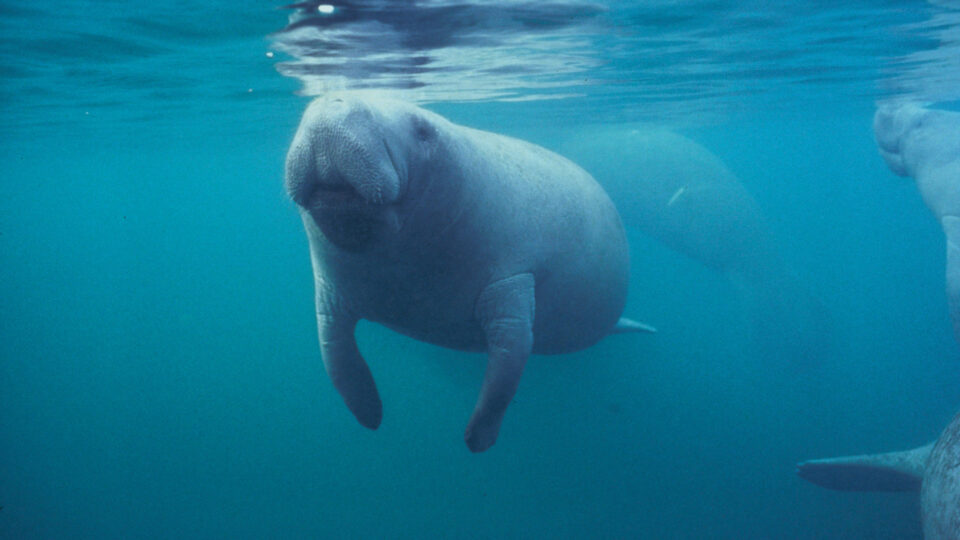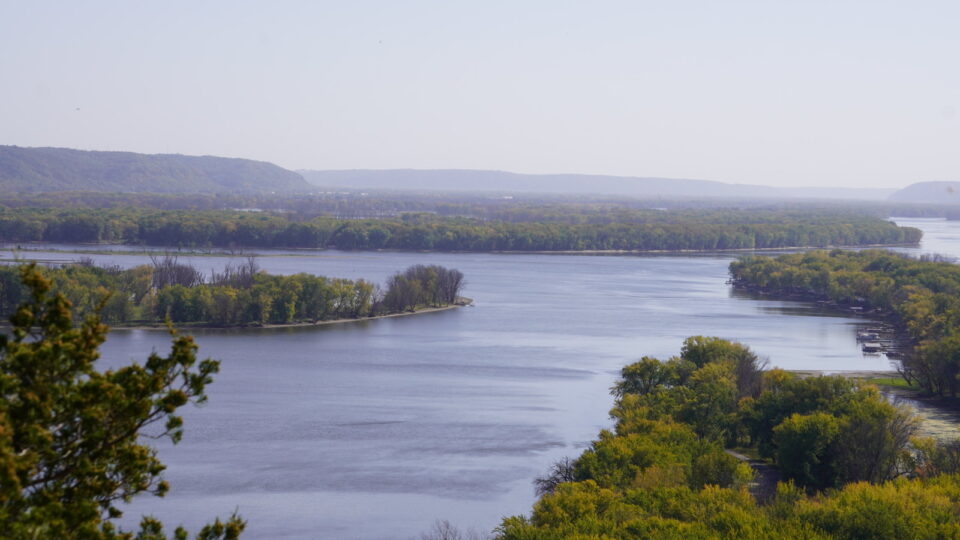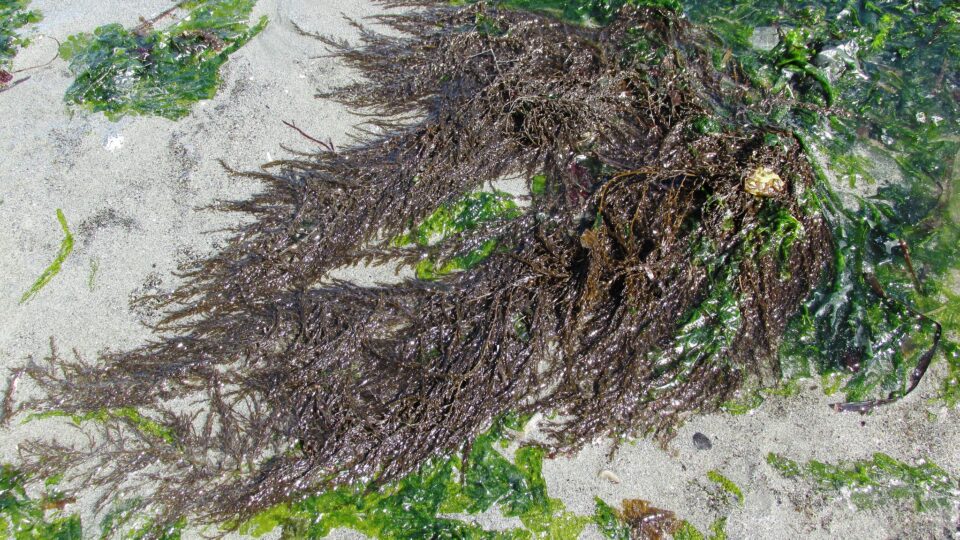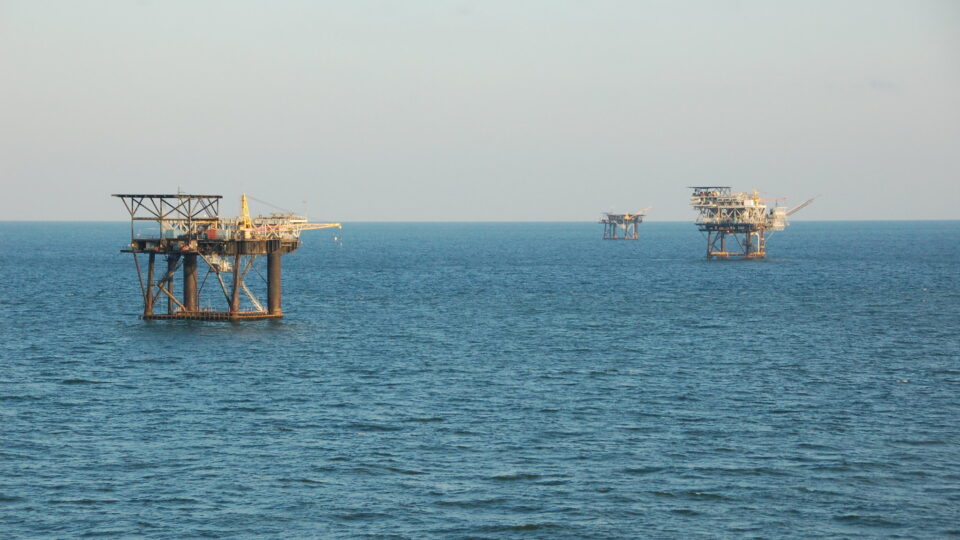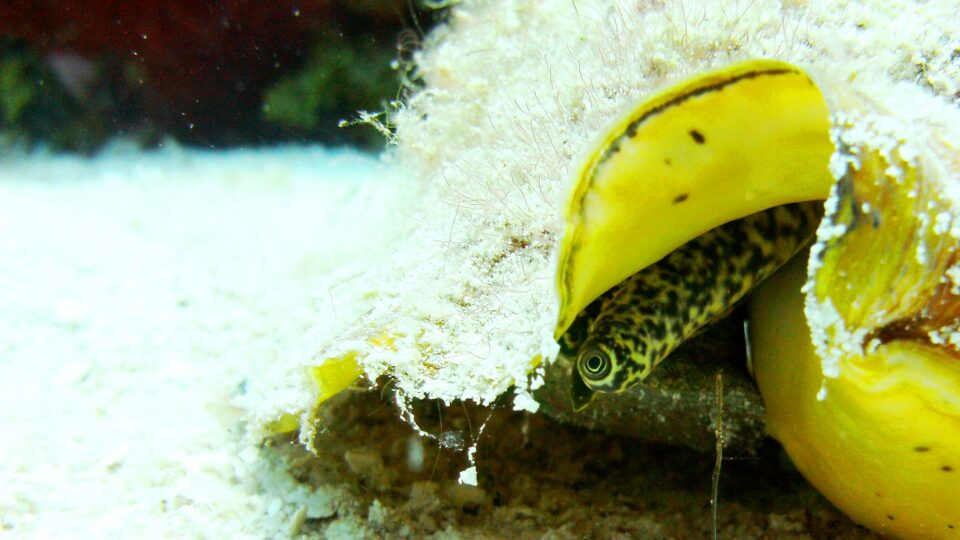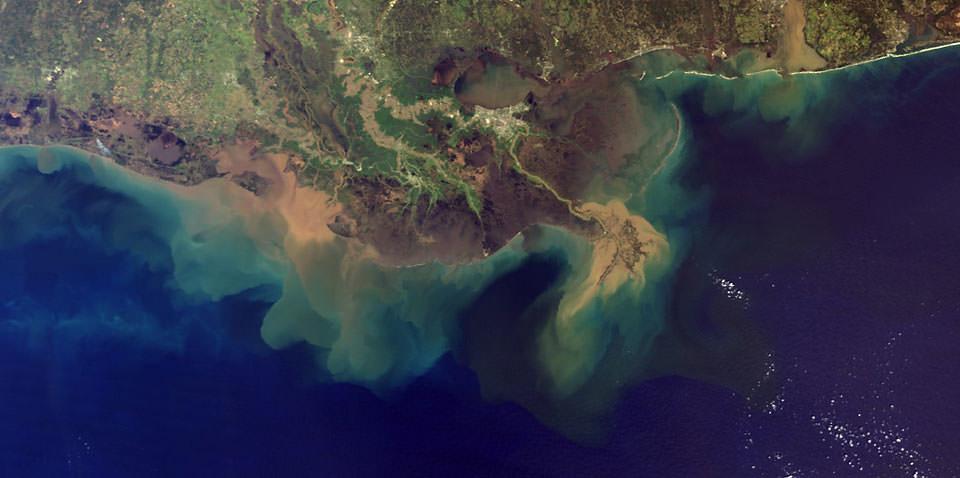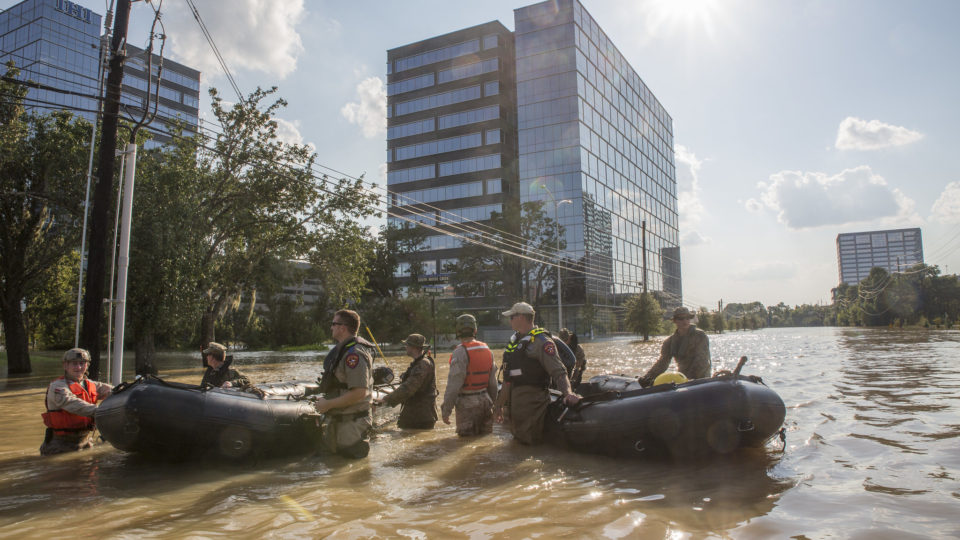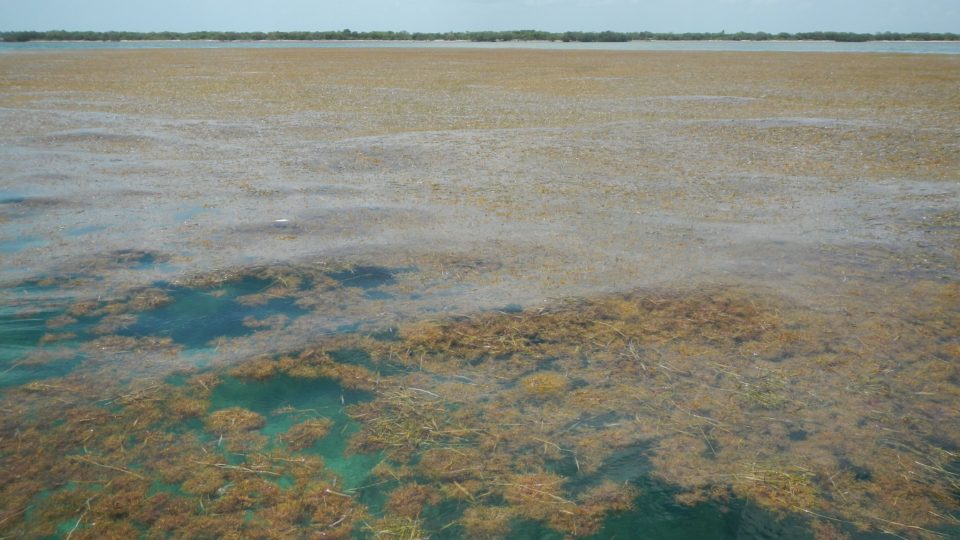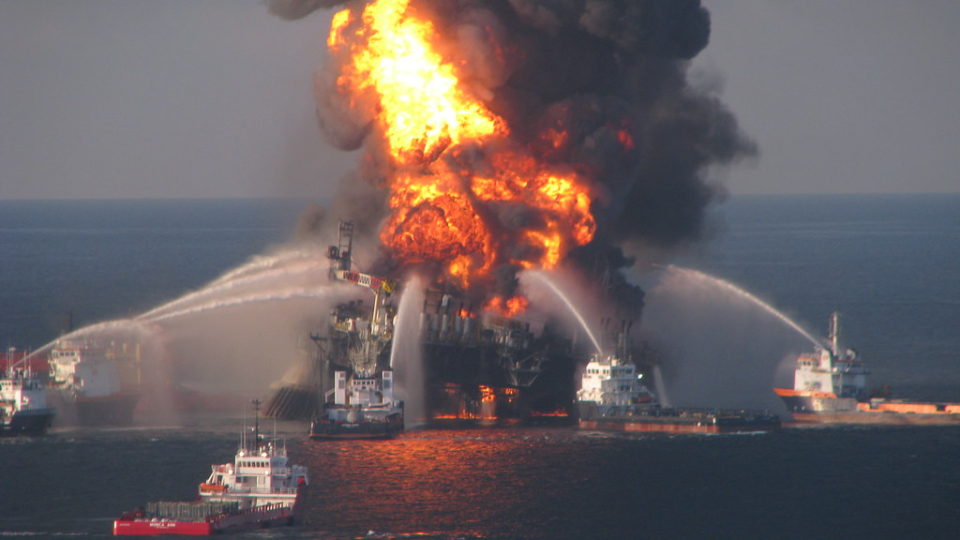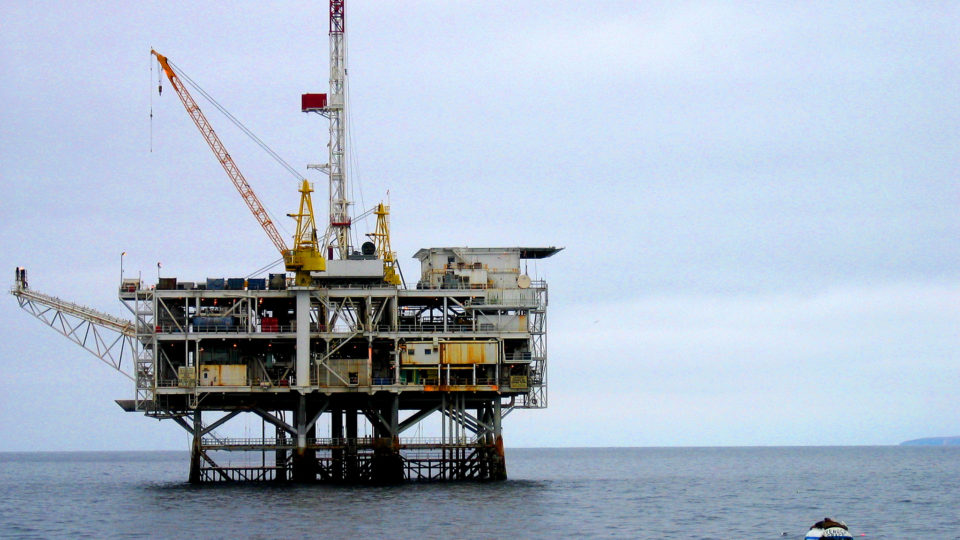Climate change is taking its toll on forests, farms, freshwater sources, and the economy, but ocean ecosystems remain the epicenter of global warming. In fact, oceans have absorbed more than 90% of the excess heat from greenhouse gas emissions since the 1970s.
As a result, many marine fish species are responding to ocean warming by relocating towards the poles. According to new research recently published in the journal Science Advances, climate change is causing widespread habitat loss for some of the ocean’s top fish predators, driving these species northward.
The research team studied 12 species of highly migratory fish predators, including sharks, tuna, and billfish, such as marlin and swordfish, inhabiting the Northwest Atlantic Ocean and the Gulf of Mexico. These two regions are undergoing rapid changes in sea surface temperatures, and are among the fastest warming ocean regions on earth.
The research, which was led by researchers from Woods Hole Oceanographic Institution in Massachusetts, with collaboration from San Diego State University, NOAA, and several other U.S. institutions, found that most species will encounter widespread habitat losses by 2100. Some species could lose upwards of 70% of suitable habitat by that year. Areas offshore of the Southeast United States and Mid-Atlantic coasts were identified as likely hotspots of multi-species habitat loss.
According to the researchers, strategies for managing fish have historically been static. But marine systems need to be treated as dynamic and changing. This study helps provide the scientific data needed for marine conservation and fisheries management efforts.
**********
Web Links
Top fish predators could suffer wide loss of suitable habitat by 2100 due to climate change
Photo, posted March 18, 2015, courtesy of Kenneth Hagemeyer via Flickr.
Earth Wise is a production of WAMC Northeast Public Radio


